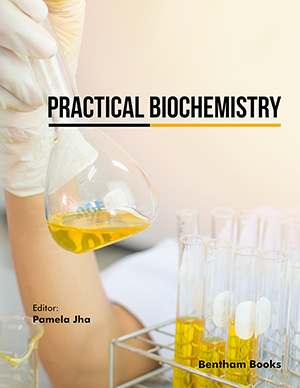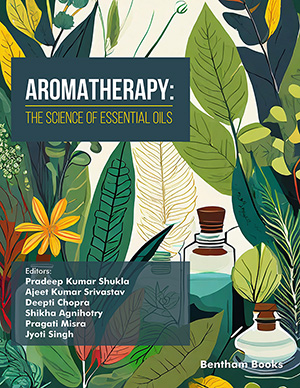
Abstract
Background: Glioblastoma Multiforme (GBM) is a prevalent and deadly type of primary astrocytoma, constituting over 60% of adult brain tumors, and has a poor prognosis, with a high relapse rate within 7 months of diagnosis. Despite surgical, radiotherapy, and chemotherapy treatments, GBM remains challenging due to resistance. MicroRNA (miRNAs) control gene expression at transcriptional and post-transcriptional levels by targeting their messenger RNA (mRNA), and also contribute to the development of various neoplasms, including GBM.
Methods: The present study focuses on exploring the miRNAs-based pathogenesis of GBM and evaluating most potential plant-based therapeutic agents with in silico analysis. Gene chips were retrieved from the Gene Expression Omnibus (GEO) database, followed by the Robust- Rank-Aggereg algorithm to determine the Differentially Expressed miRNAs (DEMs). The predicted targets were intersected with the GBM-associated genes, and Gene Ontology (GO) and Kyoto Encyclopedia of Genes and Genomes (KEGG) enrichment analysis of the overlapping genes was performed. At the same time, five phytochemicals were selected for the Connectivity map (CMap), and the most efficient ones were those that had undergone molecular docking analysis to obtain the potential therapeutic agents
Results: The hsa-miR-10b, hsa-miR-21, and hsa-miR-15b were obtained, and eight genes were found to be associated with glioma pathways; VSIG4, PROCR, PLAT, and ITGB2 were upregulated while, CAMK2B, PDE1A, GABRA1, and KCNJ6 were downregulated. The drugs Resveratrol and Quercetin were identified as the most prominent drugs.
Conclusion: These miRNAs-based drugs can be used as a curative agent for the treatment of GBM. However, in vivo, experimental data, and clinical trials are necessary to provide an alter-native to conventional GBM cancer chemotherapy.
Keywords: microRNA, Glioblastoma multiforme (GBM), molecular docking, phytochemicals, differentially expressed mi-croRNAs (DEMs), differentially expressed genes (DEGs), resveratrol, quercetin.
 4
4



























